As young entrepreneurs seek to connect and engage better with an audience, newsletters can be a great tool.
As of 2019, 87% of marketers use email campaigns to nurture their audiences. And with more than 3.9 billion active email users, the possibilities for young entrepreneurs to grow their offering through newsletter integration are endless.
There’s a reason so many people use newsletters and email to reach customers. Newsletters can be a perfect space to announce something new. Do you have a new product launch coming? Is there a policy change that you want to announce? You can do it all with newsletters!
Think about it – since newsletters are opt-in tools, the audience is by-definition interested. You can supply them with news that you want them to hear without the distractions of ads and links tempting them to jump to another site.
Integrating a newsletter into your business can also be a great way to address a problem you are experiencing — to a receptive and understanding audience.
Besides, there’s a friendly newsletter community on the internet, on platforms such as Facebook and Twitter, and even independent media, that seek to help you grow your subscribers and connect you with like-minded readers who are more likely to engage with your project or business.
You can customize newsletters to include images, videos, custom texts, links, gifs, podcasts — yes, there are endless possibilities when it comes to newsletters.
You can track your campaigns — the open rates, emails forwarded, conversion rate, and more. There’s so much room to learn and improvise and get better with every email. It’s a great way to build brand loyalty.
How to set up a newsletter
It’s easy to set up newsletters. You do not even require any coding experience. There are newsletter platforms such as Mailchimp, Constant Contact, AWeber, Substack, and others that let you create newsletters, customize the content and design, and import subscribers, among other options. These platforms tend to offer templates that can get you started without knowing anything about coding and digital design.
So which option should you choose? Mailchimp is one of the most popular newsletter platforms — thanks to its user-friendly interface and support. Then, there are others — a post such as this might help you come up with the best newsletter platform.
Should you pay for newsletter integration?
It depends. If you are just starting and don’t have an overwhelming number of readers and potential subscribers, it is best to hop on the free plan that offers enough to kick things off. For example, Mailchimp lets you send for free if you have fewer than 2,000 subscribers.
And then you can take it from there. Once you start getting more subscribers, you can get on a premium plan that offers more customization and publishing options.
After choosing a favorite platform, you can check out its pricing section to see if a free plan is right for you or whether you should opt for a paid plan.
So, how do you market a newsletter?
Great, so you did the setup. You have imported contacts and have asked people to subscribe to your newsletter. And you don’t want to wait out the organic process of gaining subscribers. You want to be heard more because your product or service is incredible!
This is where platforms such as Newsletter Creators on Facebook and Newsletter Crew. Here, you can learn effective ways to promote your newsletter to get more subscribers. You can also share your newsletter on relevant public forums, Facebook groups, and Reddit. Reaching out to influential individuals, organizations, and newsletter creators to talk about your newsletter also helps.
The newsletter community out there is welcoming, and you might be surprised with all the help that you might get. There are many resources that you can read online — resources that address your specific questions around customization, publishing, and marketing.
Final thoughts
You don’t have to be an expert to get started – there’s so much room to learn, grow, engage, inspire, and convert with newsletters.





